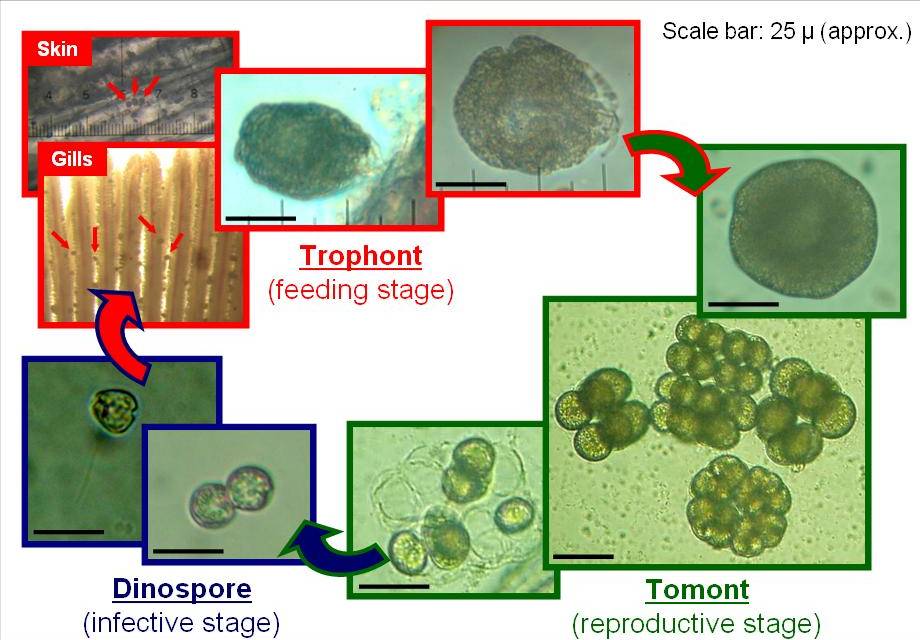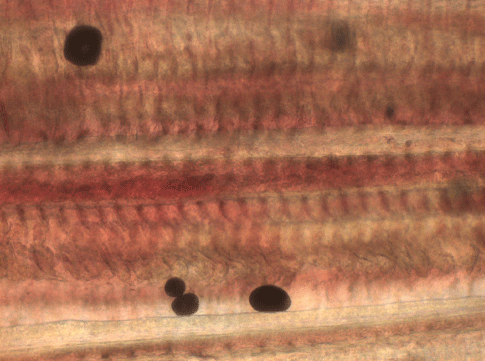Hi
Please can you look at these 4 videos and let me know what Parasite this is ,
I have also attached a photo .

These were not moving like the above so not sure if relevant.


Please can you look at these 4 videos and let me know what Parasite this is ,
I have also attached a photo .
These were not moving like the above so not sure if relevant.




















